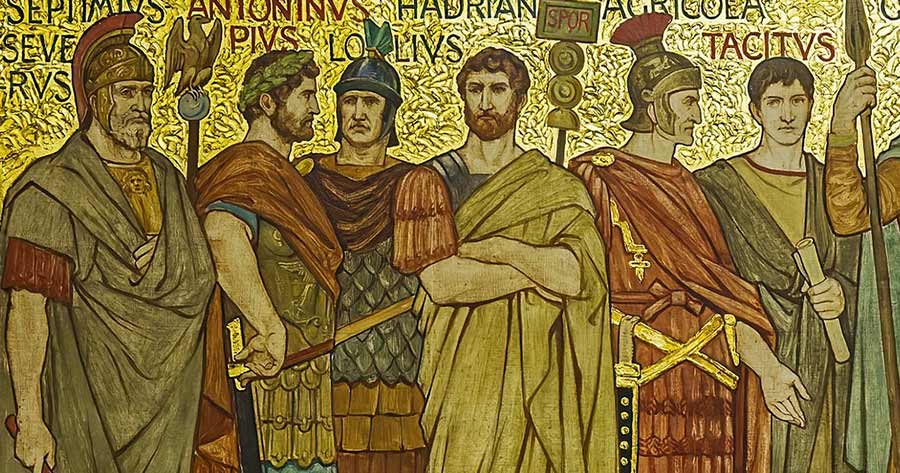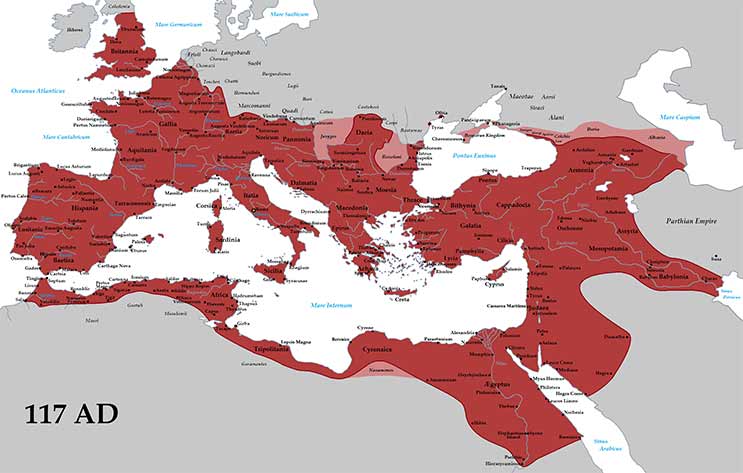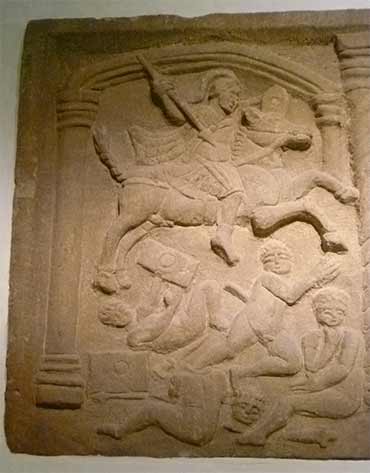
Did The Roman Empire Reach The Brochs Of Orkney?
Greatly simplified, one of the primary reasons for the decline of the Roman empire was its rapid expansion, and ultimately its vast size became too expensive to manage effectively and it fell to external, as well as internal forces. From its origins in a small Italian city the empire would come to control all of what is today Europe, encompassing the Balkans, the Middle East and North Africa, until it burst at its seams.

Map showing the Roman Empire (red) and its clients (pink) in 117 AD, during the reign of Emperor Trajan. (Public Domain).
Before the empire inflated, the city of Rome had an estimated population of only a few thousand residences and according to The Ancient Encyclopedia, by the sixth century BC the city had between 20,000 and 30,000 inhabitants. At the beginning of the imperial period the city had close to one million residents and by 14 AD there were 4,937,000 inhabitants. The empire was to become one of the largest of the ancient world, and it was still ruled from Rome at its peak, with an estimated 50 to 90 million subjects.
This can be described as a glorified ‘Wiki’ or “encyclopedic” account of the Roman empire and unfortunately this captures the shallow picture most people have of what was arguably the largest empire in history. However, this summary, like most, fails to define the north-western boundaries of the Roman empire, which was 'Caledonia' (modern Scotland) and its people known as the ‘Caledonians’. So, the question remains: how far north into Caledonia did the Roman legions actually invade?

Roman cavalryman trampling conquered Picts. Discovered carved on a tablet found at Bo'ness (c.142 AD) National Museum of Scotland. (Kim Traynor/ CC BY-SA 3.0)
Early Greek References To Cape Orcas
An expert for all things Scotland is Iain MacLean, founder of the ‘Caithness Broch Project’, a northern Scottish charity that actively rebuilds Iron Age brochs through experimental community archaeological projects. In a recent research article on his blog, Obscure Antiquity, MacLean explored the connections between Rome and Orkney, the archipelago situated off the north-east coast of Scotland.

19th-century print depicting Calgacus delivering his speech to the Caledonians. (Public Domain)




